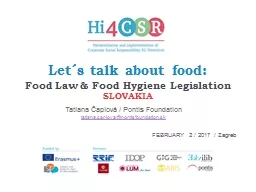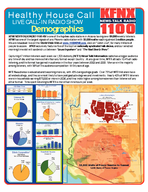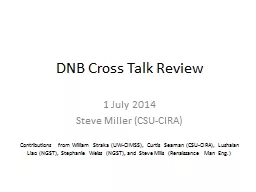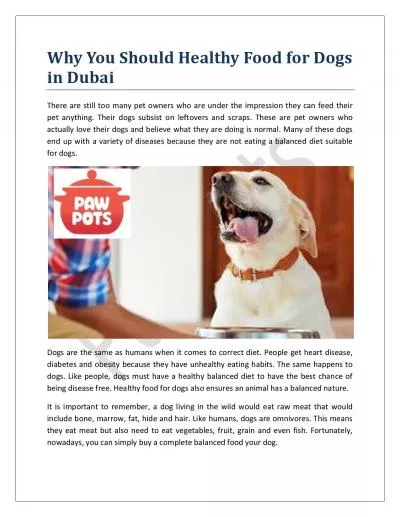PPT-Let´s talk about food
Author : conchita-marotz | Published Date : 2018-03-10
Food Law amp Food Hygiene Legislation SLOVAKIA Tatiana Čaplová Pontis Foundation tatianacaplovapontisfoundationsk FEBRUARY 2 2017 Zagreb CONTENT Introduction
Presentation Embed Code
Download Presentation
Download Presentation The PPT/PDF document "Let´s talk about food" is the property of its rightful owner. Permission is granted to download and print the materials on this website for personal, non-commercial use only, and to display it on your personal computer provided you do not modify the materials and that you retain all copyright notices contained in the materials. By downloading content from our website, you accept the terms of this agreement.
Let´s talk about food: Transcript
Food Law amp Food Hygiene Legislation SLOVAKIA Tatiana Čaplová Pontis Foundation tatianacaplovapontisfoundationsk FEBRUARY 2 2017 Zagreb CONTENT Introduction Four Food Waste Facts. ABOUT YOUR JABRA TALK WHAT YOUR HEADSET DOES GETTING STARTED CHARGE YOUR HEADSET T e er 25 ea rs cc rk et ro exp er en ce a ra w rma cc es riv en ro ca es es eh e en es wel e r rin e e re e c er er e es e ro ra ry e et e exceed ed Nev er ef re em ca e He ro ca e Mo ro rid ro 02 9 N th re et en x eg rin e th 20 09 ro 9 10 11 00 e r What weird or spooky things do you believe in?. Z. What do you think . Busan. will be like in 10 years?. . Z. Say two idioms you learned from Unit 12. What do they mean?. . . What are three words for bathroom?. Small Talk. Situation:. Two foreign students are sitting at a counter in a restaurant waiting to be served. The waiter is very busy with other customers. After a few minutes, one student turns to the other and speaks.. 1 July . 2014. Steve Miller (CSU-CIRA). Contributions from . William . Straka (UW-CIMSS), Curtis Seaman (CSU-CIRA), Lushalan Liao (NGST), Stephanie Weiss (NGST), and Steve Mills (Renaissance Man Eng.). This conference talk outline is a starting point, not a rigid template. . Most . good speakers average two minutes per slide (not counting title and outline . slides). Most speakers use . about a dozen slides for a twenty minute presentation. . * helps creates a safe, supportive learning community. *Values Effort. *develops thinking dispositions. *Practices Giving and getting feedback. Laura Scarpulla- Secondary LA Specialist. We retain:. 20% of what we hear. www.LetsTalkCO.org. Key Messages from Let’s Talk Colorado. It’s OK to talk. It’s OK to seek treatment. It’s OK to feel the way you are feeling. IT’s OK to ask for help. IT’s OK to reach out. Objective. : To explore how and why we change the way we speak in different situations. . First, a bit of Latin.... Liter. ature = written works. Liter. al = relating to the exact letter. Liter. acy = the state of being educated. John Davin and Kimberly Lybarger, ALP Secondary Facilitators . August 14. th. , 2017. 8:30 – 3:30. Terry High School Library. OBJECTIVES: . CONTENT OBJECTIVE: . I will develop lessons that engage my students in . Your . opportunity:. . The . underinsured. 1. Selling. : Old school vs. . client . expectations . today . 2. What are you going to recommend?. . 3. What it means for your business. 4. For advisor use only. Are you beginner and planning for investment in BTL mortgage? Here, We mentioned 7 buy to let mortgage investment tips for beginner.
https://mountviewfs.co.uk/buy-to-let-mortgage-investment-tips-for-beginners/ Find online Healthy Food plan service offering fresh cooked food for Dogs and cats in Dubai UAE. PawPots are provides Raw Dog Food, Cooked Food, Wet Food, Nutritious Dog Food, Dog & Cat Food Brands. With the right advice, there might be better options than limited company mortgage for landlords. Explore more!
Download Document
Here is the link to download the presentation.
"Let´s talk about food"The content belongs to its owner. You may download and print it for personal use, without modification, and keep all copyright notices. By downloading, you agree to these terms.
Related Documents














